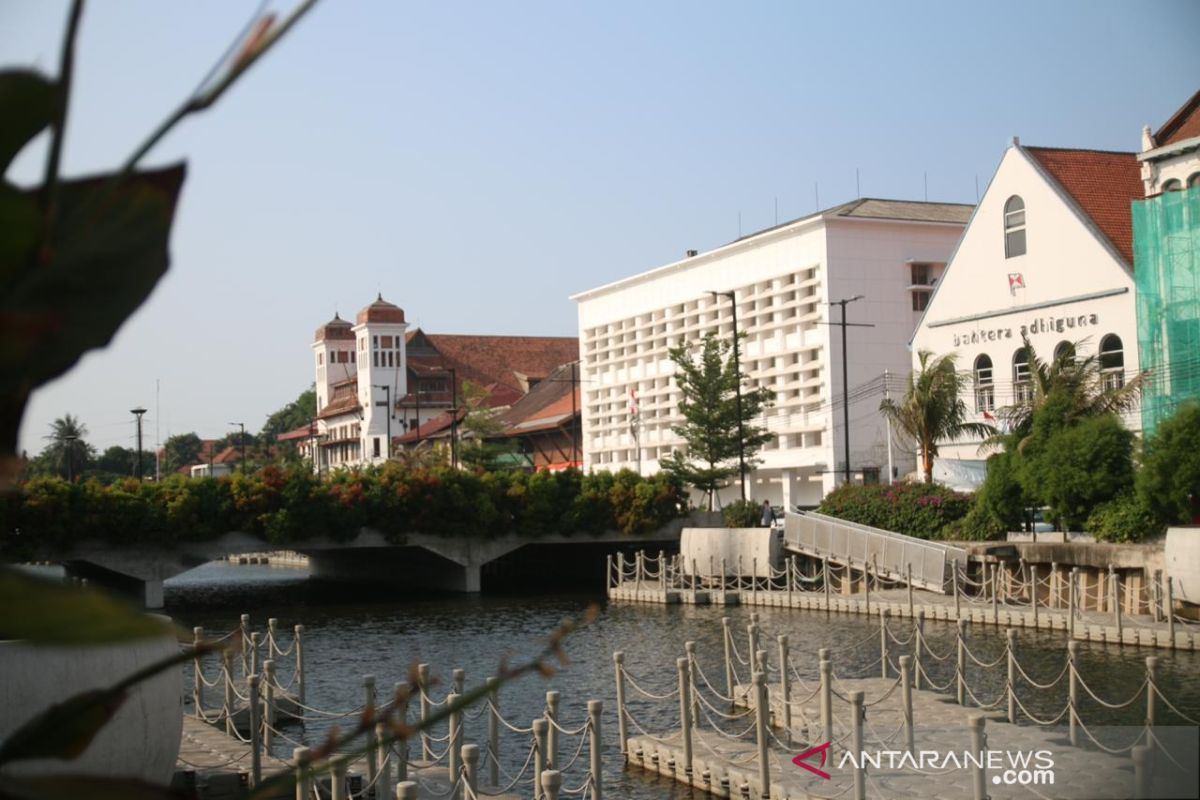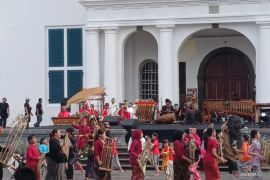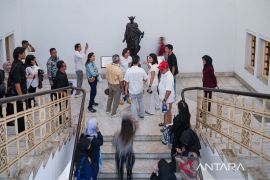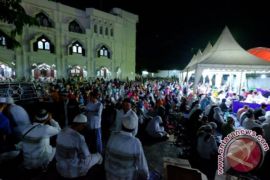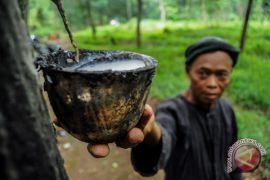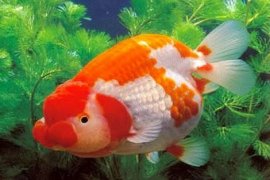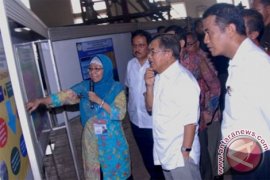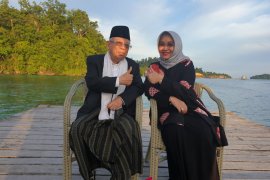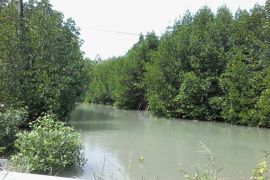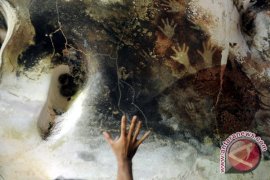The old buildings hold their own charm, particularly in contrast with the modern Jakarta todayJakarta (ANTARA) - One afternoon in a park around Kali Besar in Kota Tua, West Jakarta, a group of youngsters was engrossed in preparing cameras and property for shooting.
This young crowd comprised students from the Bunda Mulia University utilizing the park as a set of a movie project for the campus’ assignment.
The area around Kali Besar, which has become cleaner and more organized since its revitalization by the Jakarta provincial government, is the reason being them choosing the area as a shooting location.
“It looks better now. We can use this park here to relax, hang out, or create something,” Wenny Suwandi, 19, one of the Bunda Mulia students, informed Antara.
Work on the revitalization project of Kali Besar, part of the city’s old town area, had begun in 2016.
Following the project’s completion, the area was opened to the public in July last year.
The 600-meter stretch of the Krukut River along Jl. Kali Besar Timur and Jl. Kali Besar Barat in West Jakarta had been revamped after drawing inspiration from the Cheonggyecheon creek area in Seoul, with the Krukut cleaned up and the riverbanks turned into a public park.
Leaf-shaped floating pontoons, to be used as floating bridges in future, have been installed along the river.
Adornments of varied types of ornamental and flowering plants add a further dash of color to the area, surrounded by white-painted colonial buildings
Several sculptures -- a man reading on a bench, a boy in a school uniform, a city cleaner and an abstract representation of a dancer -- have also been placed in the park around the river. These works of art were made by prominent sculptor Dolorosa Sinaga.
The sculptures highlight messages of local wisdom, such as enthusiasm to continue studying and giving attention to art and culture.
“A sculpture of a boy in school uniform, for instance, portrays a passion for pursuing education,” Norviadi Setio Husodo, the head of the Kota Tua Zone Management Unit (UPK Kota Tua), remarked at a special interview with Antara.

Those sculptures further add to the aesthetic appeal of Kali Besar, particularly for most tourists fond of taking pictures or self-photography (selfie).
The area has emerged as one of the popular spots for visitors to take pictures. Some people take pictures on the bridges, while some others pose on the sides of the river with Dutch colonial buildings as the backdrop.
Norviadi remarked that the revitalization of Kali Besar focused on the use of public space for varied activities and tourism, in addition to highlighting the Kota Tua area as the forerunner to the present capital city of Indonesia.
He also called on the need to further develop other areas in Kota Tua since the people had, so far, only identified the area with Taman Fatahillah---the square located at the heart of the old city, which is frequently used for different events.
"We have to make new areas more interesting, like in Kali Besar," Norviadi pointed out.
Following revitalization, Kali Besar has transformed into one of the preferred spots to visit, particularly due to the design and supporting elements, such as art sculptures that he claimed are very photogenic to be posted on social media or “Instagrammable.”
"If people (who see the pictures) do not know, they would think the picture taken in here is that in Europe," Norviadi stated humorously.
Norviadi believes that visual content is certainly a valuable inclusion to any marketing strategy, particularly for those in the tourism industry.
By currently utilizing social media as the most effective promotional instrument, Norviadi confirmed that several people had developed an interest to visit Kota Tua mostly owing to its visual aspects.
"After coming here, they explore several other attractions, such as museums, history, or engage in other recreational activities, such as cycling or sampling culinary specialties of Jakarta," he stated.
He also claimed that the hashtag #KoTu, which stood for Kota Tua, is currently immensely popular on Instagram.
As of Saturday (Sept 21), the hashtag had been used in 118,000 Instagram posts, which definitely added to the popularity of Kota Tua as one of the main attractions of Jakarta.

"The old buildings hold their own charm, particularly in contrast with the modern Jakarta today," he stated.
However, apart from the visual aspect, the Jakarta provincial government should highlight its historical aspects, so the young generation can yet capture the role of Kota Tua as a neighborhood comprising the original downtown area of Jakarta.
The site contains Dutch-style structures, mostly dating back to the 17th century, when the port city served as the Asian headquarter of VOC during the heyday of spice trade.
Over nine million people had visited Kota Tua last year, and its annual operational costs reach Rp16 billion.
EDITED BY INE
Related news: Exploring Jakarta's Kota Tua tourist attraction during Eid holidays
Related news: Jakarta eager to become halal tourism destination
Related news: Jakarta predicted to rank among 10 fastest growing cities in tourism
Editor: Fardah Assegaf
Copyright © ANTARA 2019
